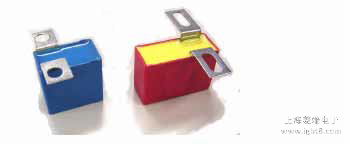įäN®a(chØ£n)Ę·
- ÉĻŗ£Įā¶Ėė×ÓÓŠĻŽ¹«Ė¾
- Ó¢ļwĮčIGBTŖ(yØ©ng)ÓĆßxŠĶ
- Concept IGBTņ(qر)Ó(dØ°ng)ßxŠĶ
- Ó¢ļwĮčIGBTÄ£K
- Ó¢ļwĮč600V IGBTÄ£K
- Ó¢ļwĮč1200V IGBTÄ£K
- Ó¢ļwĮč1700V IGBTÄ£K
- IXYS æģ»Ö¶žO¹Ü
- Concept IGBTņ(qر)Ó(dØ°ng)ŗĖ
- Concept£ÓĆIGBTņ(qر)Ó(dØ°ng)
- CreeæĘäJĢ¼»Æ¹č¶žO¹Ü
- ø»ŹæIGBTÄ£K
- ŁĆ×æŲIGBTÄ£K
- ČżĮāAĻµĮŠIGBTÄ£K
- AVAGO°²ČAøß¹āńī
- EACO±”ĤėČŻĘ÷
- IGBTÄ£KäX²ÄÉ¢įĘ÷
- EBMŅĄ±Ų°²ÅÉĢŲļL(fØ„ng)C(jØ©)
- ČżĮāNFĻµĮŠIGBTÄ£K
- ČżĮāNXĻµĮŠIGBTÄ£K


